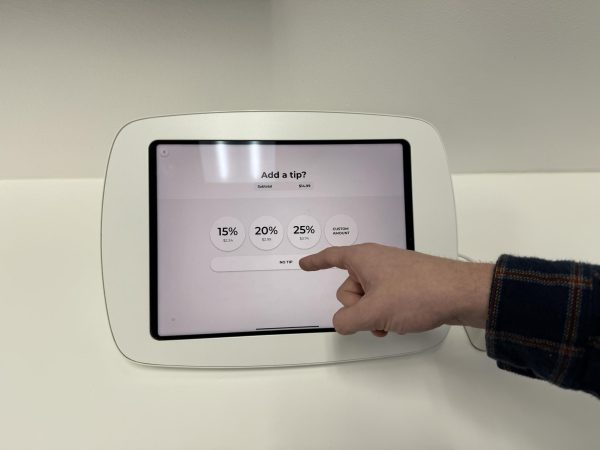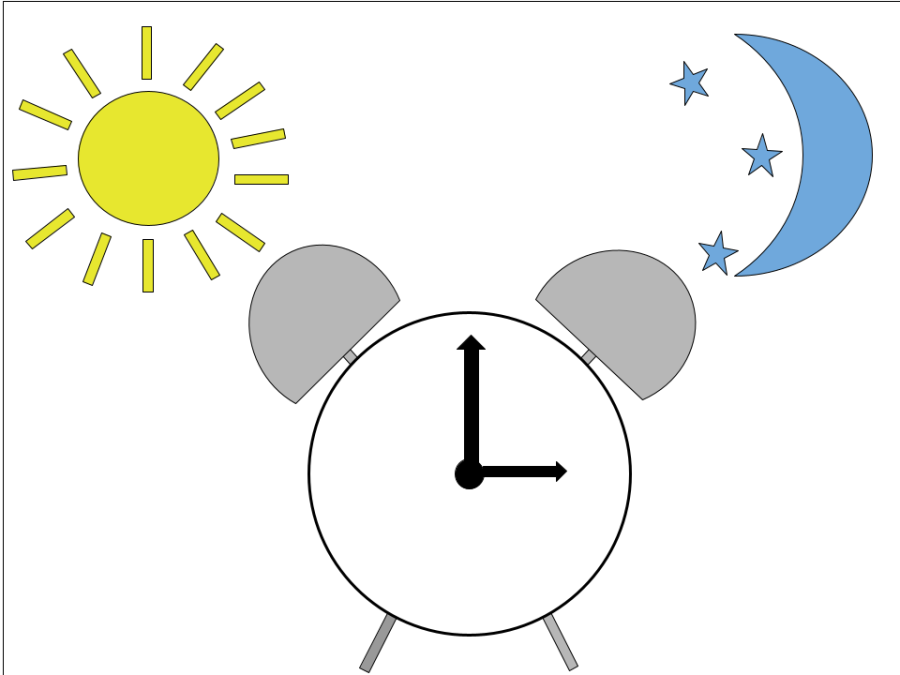Opinion: Why Stay Ahead?
Media by Annabelle Miller
The Sunshine Protection Act, approved by the Senate, will permanently keep our clocks one hour ahead and end the bi-annual clock switch of Daylight Saving Time. The Act still needs approval from the House of Representatives and President Biden.
The U.S. Senate approved the Sunshine Protection Act Tuesday, March 15, which will end Daylight Saving Time (DST). The act still needs to be approved by the House of Representatives and President Biden before it can be enacted. If approved, Americans won’t switch their clocks twice a year and will be permanently an hour ahead of standard time.
First promoted by Benjamin Franklin, Daylight Saving Time was introduced in the U.S. during WWI as a way to save energy and extend waking daylight hours during the summer. It was repealed shortly after the war ended. Not until 1966, with the Uniform Time Act, was DST implemented long term.
Daylight Saving Time has had its moment, but now it needs to be repealed. It would cause less confusion with schedules, appointments and time zones. Additionally, studies have shown that the number of car accidents and strokes increases after the dreaded Daylight Saving clock switch, according to Business Insider. There is also a proven increase in suicides right after springing forward for DST due to the lack of sleep and stress it can cause, according to Johns Hopkins Medicine.
The only problem is, why should we stay an hour ahead in Daylight Saving Time? If we are going to stop changing our clocks, we should fall back to standard time permanently.
In January 2023, the sun will rise between 7:07 a.m. and 7:15 a.m. standard time. This means if the Sunshine Protection Act is ratified, the sun won’t rise until about 8 am.
Students will go to school in the dark and many commuters will have to drive before the sun rises. Accidents are three times more likely to occur when it’s dark, according to the National Highway Traffic Safety Administration, so an increase in accidents should be expected.
The best and easiest way to solve the extra darkness problem would be to stay in standard time. The sun would rise earlier and drivers would be able to see better.
Hawaii, Arizona and Guam are among the few U.S. areas that don’t observe DST. If we were to stay in DST, these territories would stay in standard time and be out of sync with the rest of the country. It may not matter that much in Hawaii or Guam, but Arizona will be surrounded by states in DST. It won’t do much good for them to be an hour behind the rest of the country and will most likely create more confusion than it’s worth.
The time has finally come to end Daylight Saving Time, but getting stuck an hour ahead isn’t the right way to go about it. To give DST the final goodbye, we need to permanently stay in standard time.
Your donation will support the student journalists of Marquette High School. Your contribution will allow us to purchase equipment and cover our annual website hosting costs. You may become a PATRON by making a donation at one of these levels: White/$30, Green/$50, Blue/$100. Patron names will be published in the print newsmagazine, on the website and once per quarter on our social media accounts.

Annabelle Miller, senior, is the editor-in-chief of the Messenger. She has been on staff for two years. Annabelle is an outfielder on the Varsity Softball...







